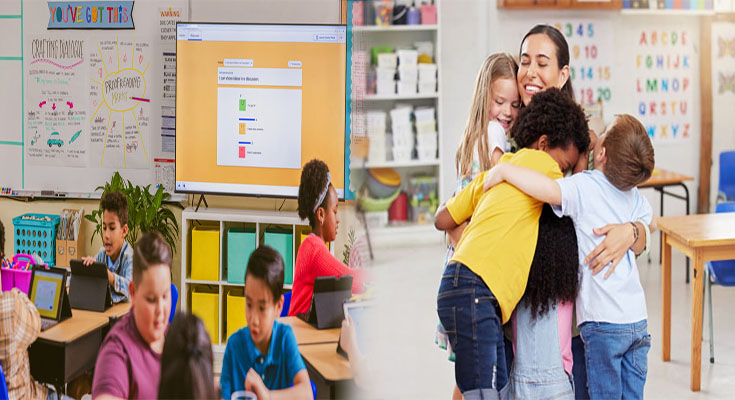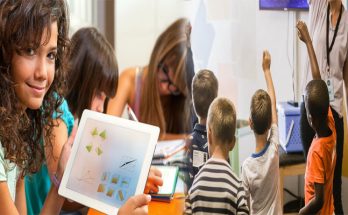Special education teachers play a crucial role in ensuring that students with diverse learning needs receive the support and resources necessary to succeed academically. These educators are tasked with implementing specialized strategies and interventions to help students who may require additional assistance due to learning disabilities, cognitive delays, or other challenges. In this article, we will explore effective strategies for special education teachers to support diverse learning needs in their classrooms.
Understanding Individual Learning Profiles
One of the first steps for special education teachers is to understand the individual learning profiles of their students. This involves conducting assessments, gathering information from parents and other educators, and administering any necessary evaluations to identify strengths, weaknesses, and learning preferences. By gaining a comprehensive understanding of each student’s unique profile, teachers can tailor their instructional strategies to better meet the diverse learning needs of their students.
Differentiated Instruction
Differentiated instruction is a key strategy for special education teachers to support diverse learning needs in their classrooms. This approach involves modifying the content, process, and product of instruction to accommodate the individual needs of each student. Special education teachers can use a variety of instructional techniques, such as small group instruction, visual aids, hands-on activities, and technology tools, to address different learning styles and abilities.
Individualized Education Plans (IEPs)
Individualized Education Plans (IEPs) are an essential tool for special education teachers to support students with diverse learning needs. These personalized plans outline specific goals, accommodations, and modifications that are tailored to each student’s unique needs and abilities. Special education teachers work closely with other educators, parents, and support staff to develop and implement IEPs that address the individualized learning goals of their students and provide the necessary support for success.
Utilizing Assistive Technology
Assistive technology can be a valuable resource for special education teachers to support diverse learning needs in their classrooms. These tools and devices are designed to help students with disabilities access information, participate in learning activities, and demonstrate their knowledge in various ways. Special education teachers can use assistive technology tools such as text-to-speech software, graphic organizers, and communication devices to enhance the learning experience and provide additional support to students with diverse needs.
Collaboration and Communication
Collaboration and communication are essential strategies for special education teachers to support diverse learning needs. Working closely with general education teachers, support staff, administrators, and parents can help ensure that students receive a comprehensive and coordinated approach to their education. By sharing information, resources, and strategies, educators can better address the diverse needs of students and create a supportive learning environment that promotes success for all.
Special education teachers play a vital role in supporting students with diverse learning needs. By implementing effective strategies such as understanding individual learning profiles, differentiated instruction, IEPs, assistive technology, collaboration, and communication, these educators can create inclusive and supportive learning environments that cater to the unique needs of each student. Through thoughtful planning, personalized interventions, and ongoing support, special education teachers can empower their students to reach their full potential and achieve academic success.





